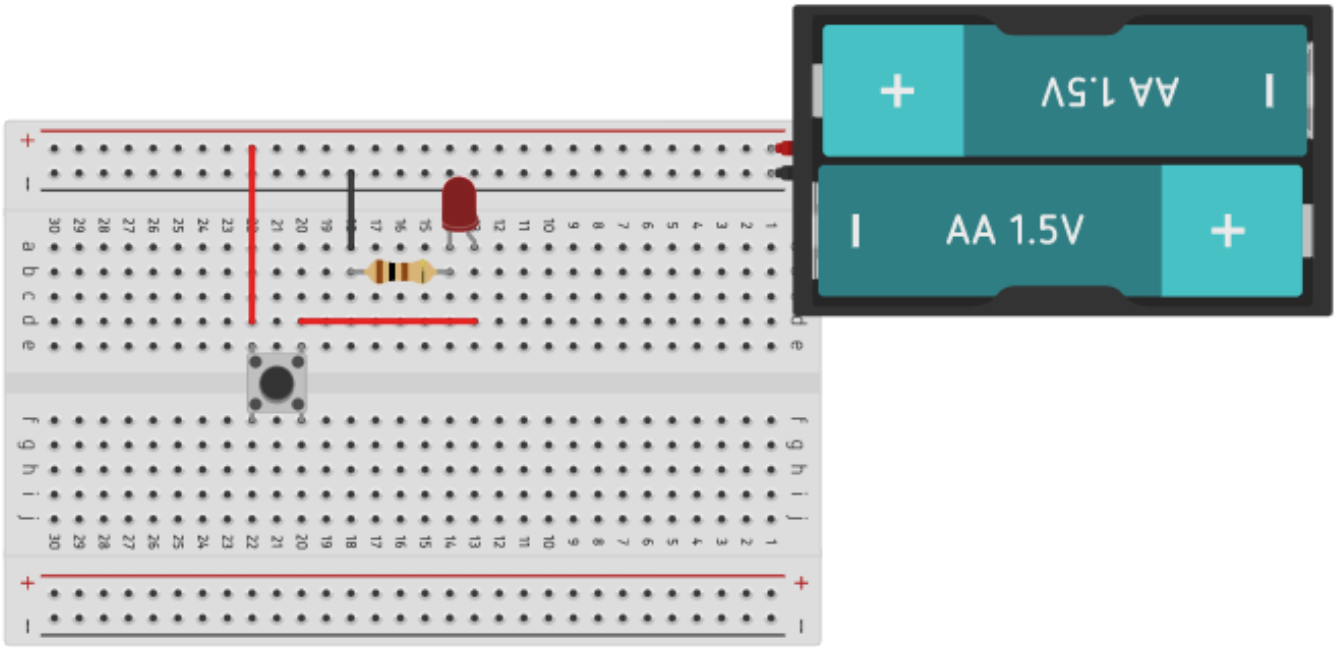
Basic Electronic Circuits
You can experiment building some basic electronic circuits safely even if you don’t have previous experience or knowledge.
Components:
- Several electronic components including LEDs, resistors, batteries, switches, potenciomenters, capacitors, etc…
Working Principle:
Ohm’s Law
Ohm’s law states that the voltage across a resistor is directly proportional to the current flowing through it.
Furthermore, the conductor’s electrical resistance remains constant. This results in the following equation:

where R is the resistance in ohms (Ω), V is the voltage in volts (V), and I is the current in amperes (I) (A). A resistor of 1 Ω with a current of 1 A has a voltage difference of 1 V between its terminals.
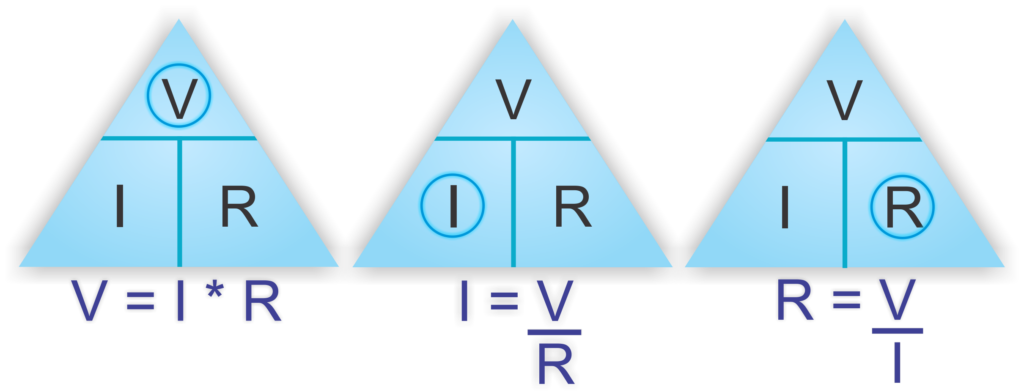
Resistor
A resistor is an electrical component that causes resistance in the flow of current. They can be found in practically all electrical networks and electronic circuits. Resistance is expressed in ohms (Ω).


Potentiometer
A potentiometer is a three-terminal variable resistor that may be adjusted manually. Two of the terminals are attached to the opposing ends of a resistive element, while the third terminal is connected to a slider that moves over the resistive element.
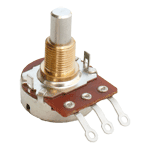

Capacitor
Capacitors are electrical components that store electric energy in a passive manner. The electrical conductors in a capacitor are separated by an insulator – the dielectric. They’re often used in electrical circuits and can be used to allow only AC current, or to smooth a power supply output.
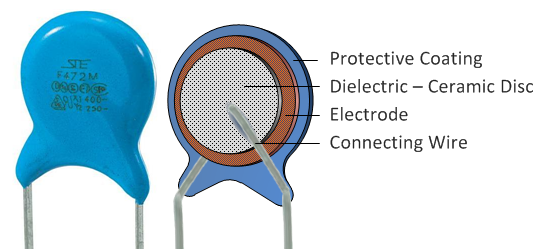
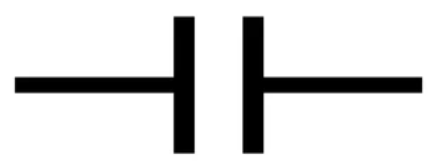
Light-Emitting Diode – LED
When current passes through a light-emitting diode (LED), it produces light. Electrons recombine with electron holes in the semiconductor, producing energy in the form of photons. LEDs have polarity, a positive terminal (anode +) and a negative terminal (cathode -). It has to be connected it the correct way for it to work as intended.


Electric Circuit
An electric circuit is a closed path containing several components, including a power source that allows electrons to flow through.
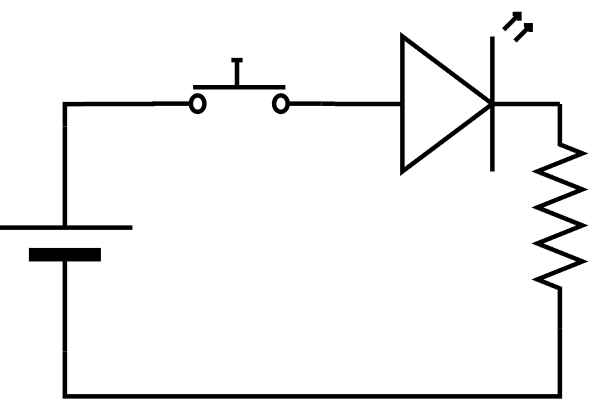
Instruction Card
The instruction card contains all the necessary elements so that you can successfully assemble and test an electronic circuit.
Follow the instructions very carefully and remember to connect the battery only at the very end and after verification.

Instructions:
- Chose a card circuit
- Grab the necessary components
- Assemble the circuit
- Ask a supervisor to verify your connections
- Connect the battery
- Activate and test the circuit
Links:
Course: Praticando: Lei de Ohm, Topic: Contextualização
What Is a Resistor? | Resistor Fundamentals | Resistor Guide